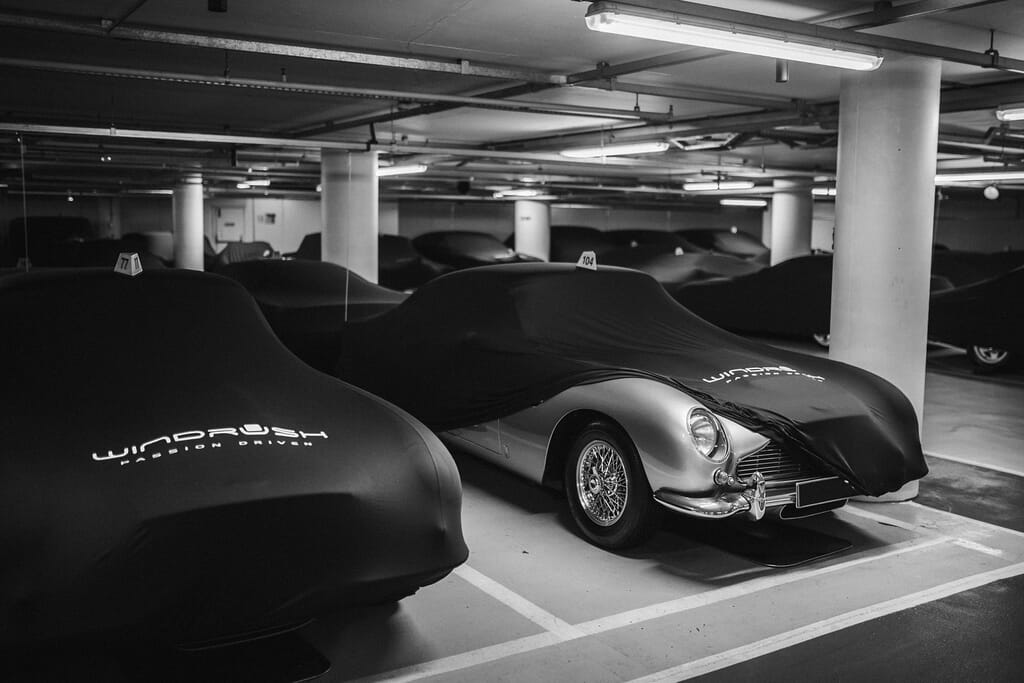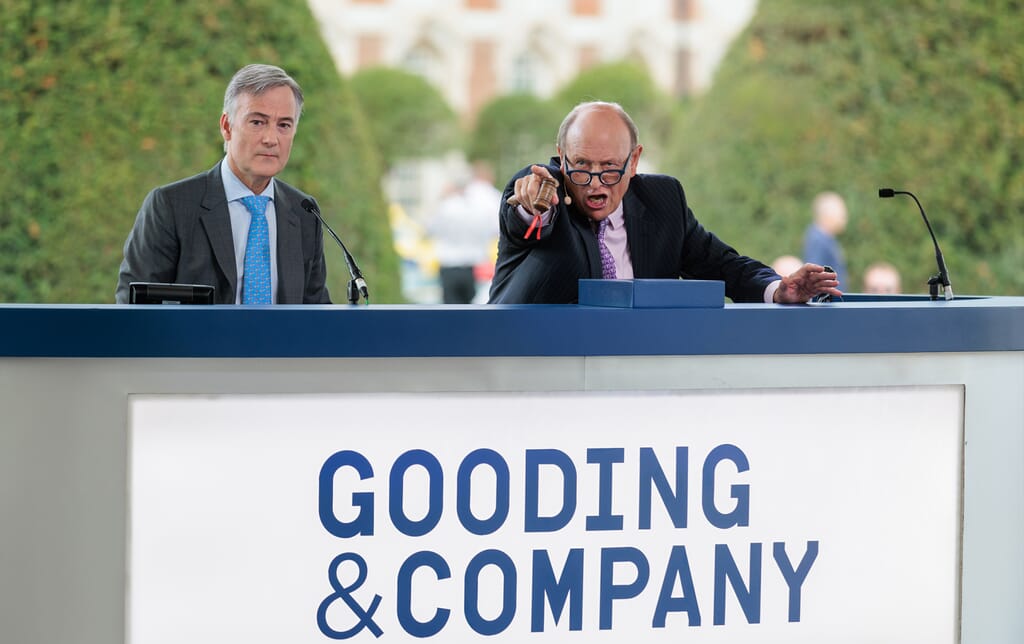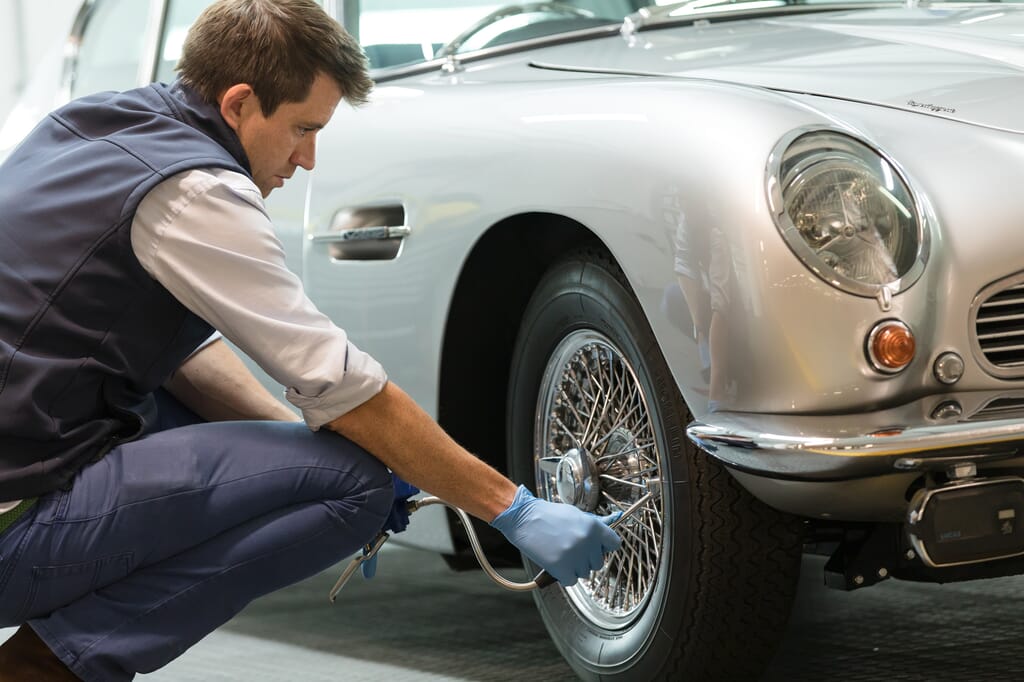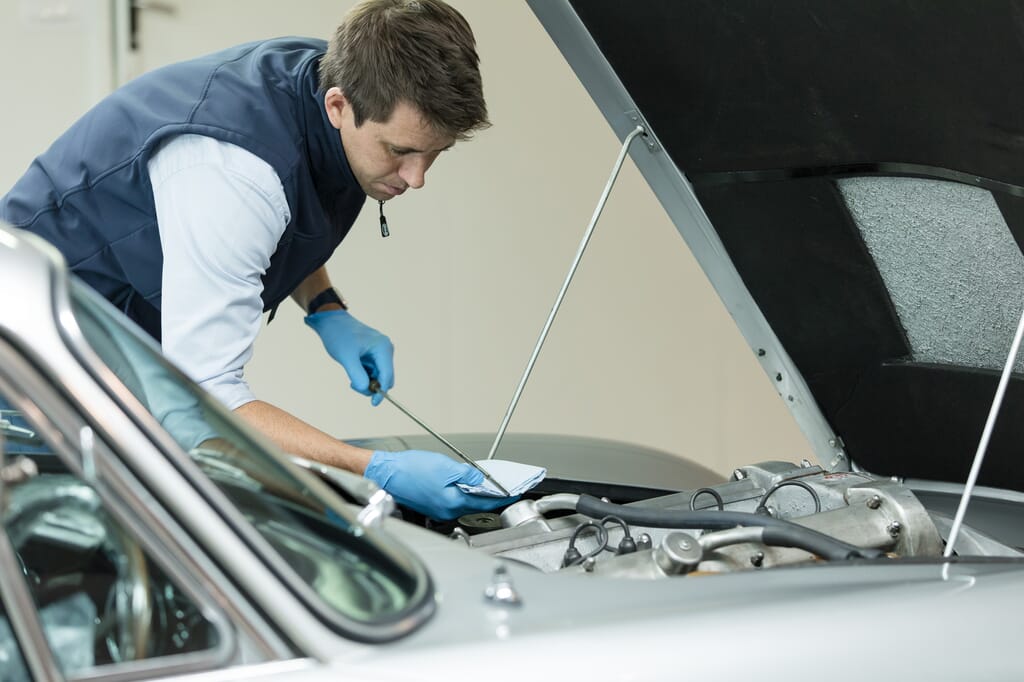
From the bark of an immaculate Ferrari F40 to the vintage lustre of a restored E-Type Jaguar, it’s easy to be led by your heart when buying a classic car.
Not a problem if your purchase is intended purely for pleasure. But if you’re hoping to ultimately move the vehicle on and turn a profit, it’s vital to look beyond the day-to-day joys of ownership, and assess the cold, hard investment potential.
Anyone with experience investing in classic cars will know that market values can fluctuate wildly in either direction. But by choosing the right model, then maintaining and safeguarding it with expert classic car storage, you shouldn’t end up out of pocket. Here are a few tips to keep in mind.
Study the classic car market
When it comes to investing in classic cars, enthusiasm is no substitute for experience. Before you draw up a shortlist or enquire about classic car storage, spend at least a few months immersed in the culture of automobile trading. You should be reading the major magazines and websites, soaking up the atmosphere at car auctions, joining enthusiast clubs and gauging the popularity of individual models at meetings and online forums. Always remember that investing in classic cars is essentially a game of supply and demand – and the best dealers learn to fall into the rhythms of the market.
Shortlist the most investable classic cars

While most classic cars are no more than steady investments, some models are known for pulling ahead of the pack. For example, recent research by Forbes found the ROI for a Mercedes-Benz 200SE-W126 in 2022 was a huge 95% – better than any savings bond in these economically sluggish times. As a rule of thumb, the factors to prioritise when investing in classic cars are brand, age, rarity, demand and the kudos that arises from, for example, a car featuring in a Bond film or coming at the end of a production run. Put ticks in all these boxes and you’re unlikely to take a hit when it’s time to move the model on.
Sharpen your buying strategy

When weighing up the asking price of a given vehicle, factor in future costs like insurance and parts availability, and visit several sellers with similar models to see which example pulls ahead. Condition is king when investing in classic cars, and supposedly ‘mint’ classics can conceal rust in the subframes and elsewhere, so bring along a friend who knows their nuts and bolts. Always study the paperwork, and remember to ask key questions, like whether the vehicle has been parked on the street or protected in long term car storage.
Take advantage of Customs Warehouses

If you’re regularly investing in classic cars, don’t forget that Windrush’s London and Cotswolds car storage facilities are both now recognised as official HMRC Customs Warehouses. Essentially, this highly prized status means investors can delay payable duty and VAT on vehicle imports indefinitely, provided the vehicle is taken directly to our classic car storage upon import to the UK and remains in our care. In fact, duty and VAT will be waived entirely if a vehicle is subsequently re-exported after leaving Windrush – and only become payable when a vehicle leaves our premises to be registered and used within the UK on a permanent basis.
Protect your investment with Windrush classic car storage
While investing in classic cars is unpredictable by nature, it’s a safe bet that maintaining your vehicle’s condition will protect its value (on the flipside, the ROI of a neglected model will quickly nosedive). If you have the hands-on skills and experience, and are sure to use parts faithful to the original spec, then giving your classic car a top-to-bottom restoration will certainly boost its market value.
Most important of all is classic car storage. At Windrush, we treat every vehicle like our own pride and joy, offering a complete classic, modern, supercar and EV car storage solution. Starting with our famous twelve-step induction process, we’ll then introduce your car to its own dehumidified, climate-controlled indoor storage bay, treating it to round-the-clock security, twice-daily checks, weekly battery and drip tray inspections, plus a deep maintenance checkover every 60 days. It’s all part of a short or long term car storage solution that keeps your investment in peak condition.
From specialist EV car storage to the UK’s best home for supercars, there’s nowhere safer when investing in classic cars. Get in touch on info@windrushcarstorage.co.uk




